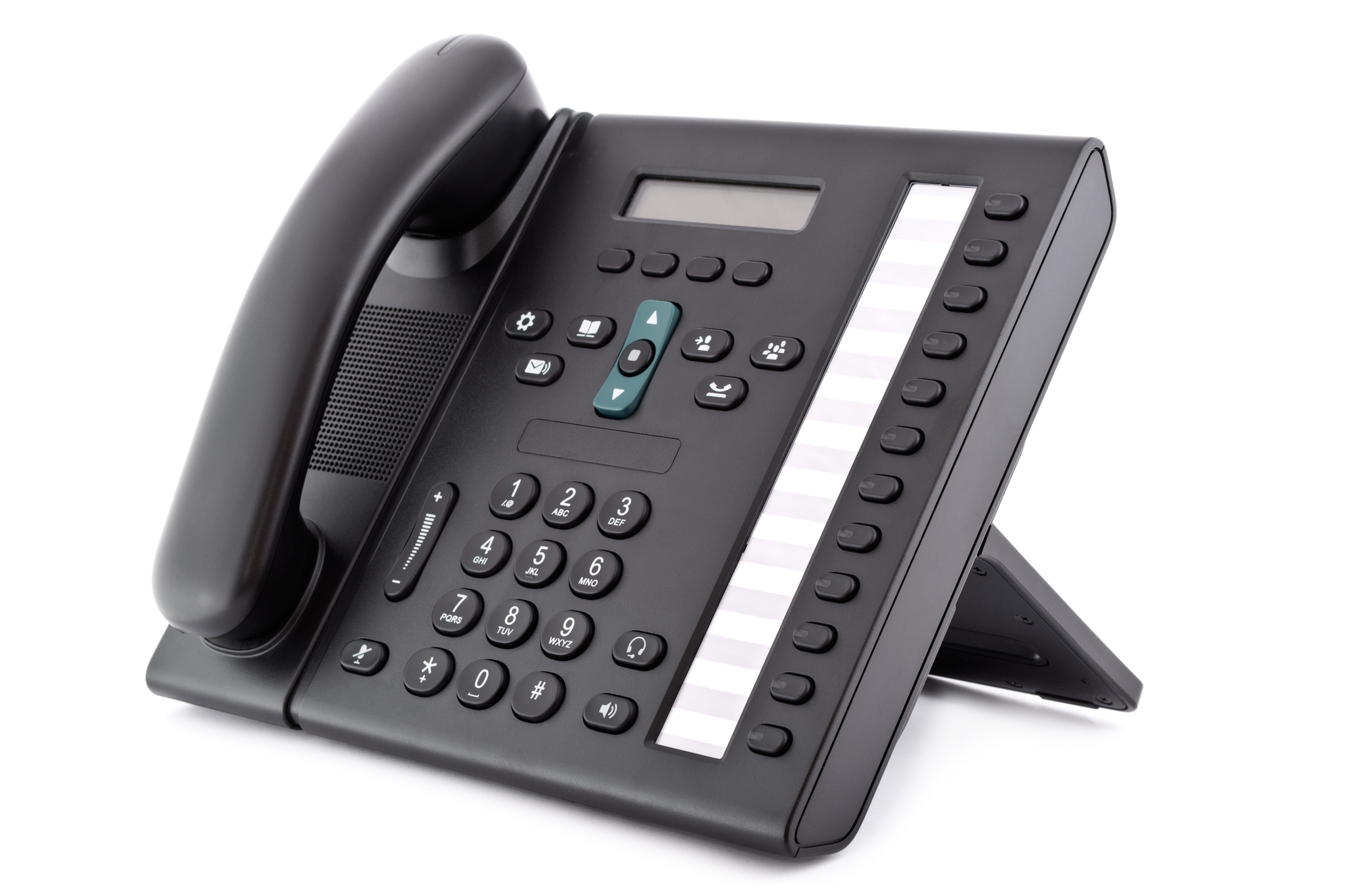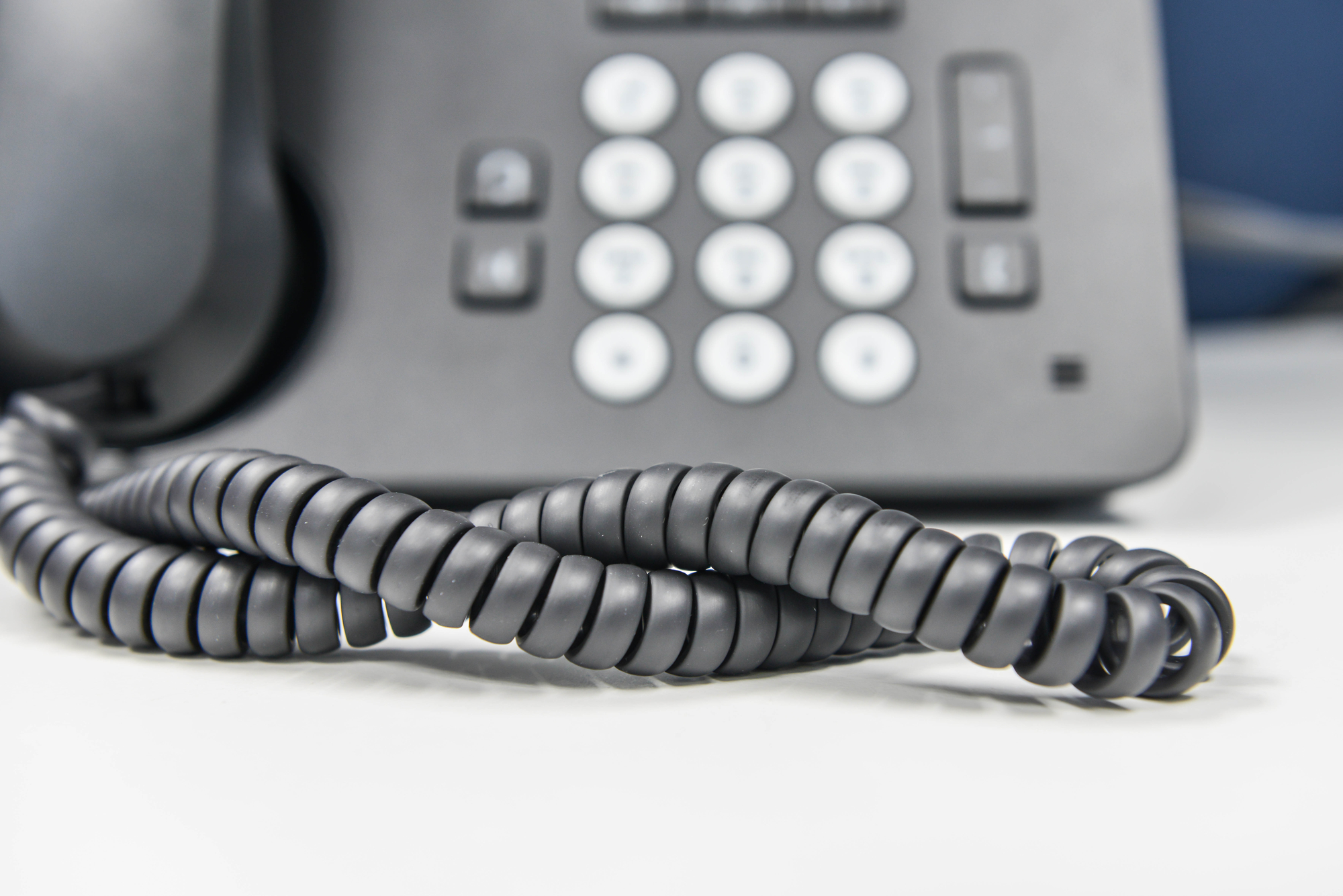e. Never Assume Anything: Phrases like “You Know What To Do,” “Sing Your Song at the Beep,” and others mentioned above are awful to leave in your greeting. For the sake of universality and comprehensiveness, NEVER assume the caller knows what to do. Lay it out clearly. f. Leave a Message: This phrase, by itself, will not do. It’s imperative for users to identify themselves in their greetings. Callers need to know they’ve reached the right person. g. Disregard Lethargy: If you’re not excited about your greeting, why would anyone else be? Never display a lack of enthusiasm in your greeting as it could turn callers off to both you and your business. h. Speak Clearly and Never Slur: Callers need to understand your every word; therefore, mumbling, slurring, and all other detractions of speech should never be recorded. d. Be Creative Without Sacrificing Quality: Callers know how voicemails work–i.e. leave a number, message, etc. While you want to be clear, it’s important not to be contrive or redundant with your message. Creativity can help users to differentiate themselves, as well as intrigue callers. While users should avoid the tropes of creativity listed above, it’s definitely good to think outside the box. That being said, scripting and practice can help users to experiment more with their greeting–ultimately allowing for more unique and creative approach. e. Speak With Diction: It’s important to present one’s self as an authority without alienating callers. As such, it’s crucial to articulate and speak with clear diction. “ if your voice recording has you stumbling over words and speaking haltingly, it does not convey confidence and competence,” states Ron Sellers of Grey Matter Research & Consulting. Remember, this greeting represents you; therefore, you want to appear collected and professional, as well as welcoming. To do this, one must carry themselves well through their recorded message. f. Account for Timeliness: Your message should be concise. No caller wants to be sitting through a rant/diatribe of redundant statements. Your greeting should flow without dragging. Inversely, one doesn’t want to be terse, either. Engage callers with a simplified approach laden with creativity. h. Account for Quality: Aside from speaking clearly, users want to eliminate any noise in the surrounding environment. The quality of the greeting is just as important as what’s being said in the greeting itself. As such, one doesn’t want to undermine a great message with poor quality. i. Courtesy, Tastefulness, & Tact: This is pretty self-explanatory and straight forward–NEVER be rude. Being light-hearted and humorous is very different from being obnoxious and/or abrasive. Again, these tools can be helpful if utilized properly, but not everyone perceives humor the same way. So play it safe. The last thing your voicemail greeting should do is offend a caller. k. Provide Options: if you’re part of a bigger company, it might be good to offer caller options. For example, allow a menu to defer callers to a colleague or co-worker in your absence. This can help show callers you care about their well being. Another option might be offering different modes of communication–i.e. email, fax, etc. In offering users diversity, contact may be much easier to maintain.
Remember, your message is a reflection of you. Keep it short, professional and ALWAYS return messages.
.
The real estate agent cannot take the call right at the moment, but promises to get back to the client in the shortest span of time. Custom Music on Hold Custom Greetings for specific day and time Voicemail to Email Retrieve VM from any extension or phone User freindly web portal to manage the settings
How To Make Professional Business Voicemail Greetings. A great business voicemail greeting will inspire your customer to leave a message rather than hang up, or get them to go somewhere else where they can get a more immediate response from your business. Since you only have those few seconds to make a great first impression, be sure to follow some of these crucial do’s …
Recognize Their Need. When someone calls your business, the voicemail should give them a sense of validation. This means that your voicemail should extend gratitude for their interest in your business, or an apology for not being there to answer your call. These two simple courtesies can go a long way in the creation or establishment of client/business trust. Make it Informative for the Caller. Your voicemail must include all the information the customer will need for your particular business. For instance, if you’re a brick and mortar establishment, it’s wise to include your store hours. It’s also a good idea to leave them an alternate way to contact you, especially if it’s after hours. After all, you don’t want to miss just one potential customer. Here are some suggestions for elements to include in your voicemail: Business name Hours (if brick and mortar) Alternate method of contact, such as email Your name
Tired of dull and dreary productivity apps? Flow is simple, beautiful, and delightful.

If you drone on and on, there is a good chance that some of your callers are going to hang up before leaving their message.
16. "Hmm. Gryffindor … No, Ravenclaw. Yes, you definitely belong in Ravenclaw. *Pause.* Okay, you haven't reached the Sorting Hat — it's the voicemail of [your name]. Please leave your name and number (and just for fun, the Harry Potter house you think you belong in) and I'll return your call as soon as possible."

While this information can be tucked behind a phone menu option, it's best to state it upfront in your after hours recording. This way, callers can decide whether to call back at a better time, or leave a voicemail message.
The script is relatively similar, but the doctor is including a good reason for not being available, so patients don’t feel like they’re being ignored. He’s also left another avenue for patients to get in touch if they need some urgent help.

Hey Lynn. It’s Sue. I wanted to chat about our dinner plans this weekend. Give me a call back when you get a moment. Thanks.
Do you speak a second language and serve customers in an area that primarily uses a language other than English? Make it known that you speak both languages. Start the voicemail with the most dominant language spoken in your market followed by the same message spoken in the secondary language:

A virtual business phone system like Grasshopper can help you create a professional, reliable voicemail greeting. It includes instant response and custom greetings, as well as access to the Grasshopper Voice Studio and professional voice talent for a one-time fee of $75.
Website: https://www.austincc.edu/offices/telecommunications-services/tutorials-and-reference-guides/sample-voicemail-greetings

This website uses cookies. If you continue to use the website, we will assume your consent.OKPrivacy Policy / Read more

With that said, we thought it would be a good idea to provide you with a few examples of voicemail greetings. As you read through these, keep in mind that the effectiveness of your voicemail greeting is one-quarter what you say, and three-quarters how you say it. …

11. "Hi, you've reached [company]. Unfortunately, we're currently unavailable. But we want to talk to you — so please leave your name and number, as well as your reason for calling, and someone will call back ASAP."